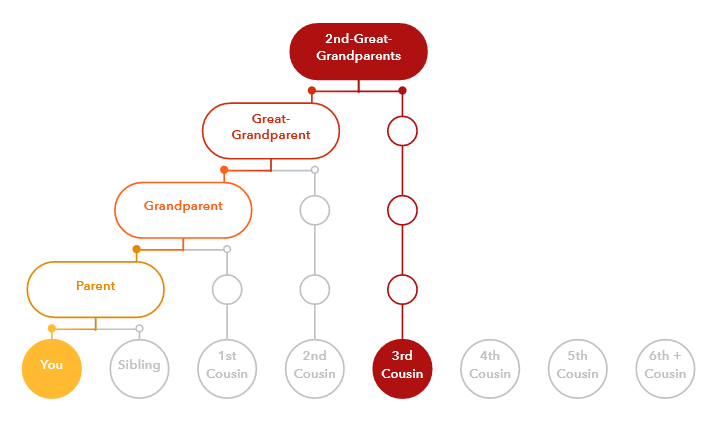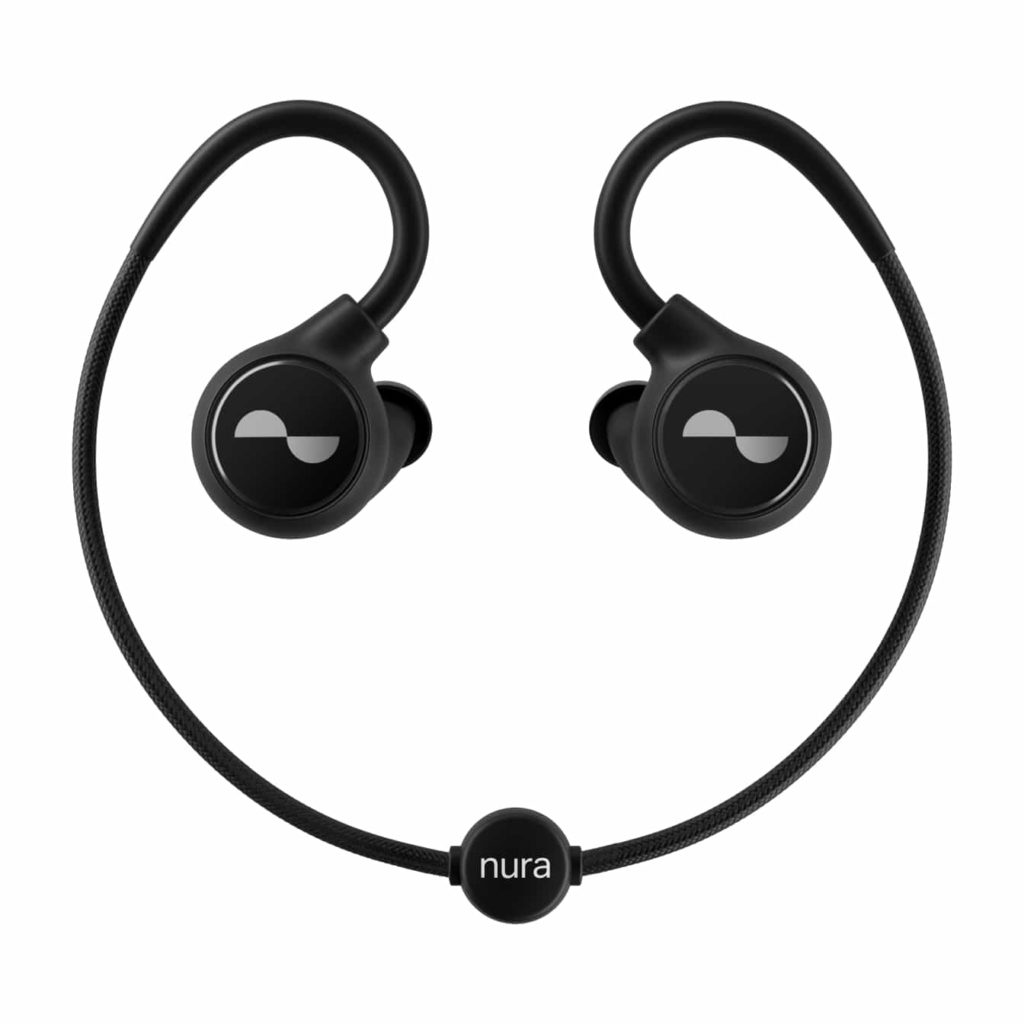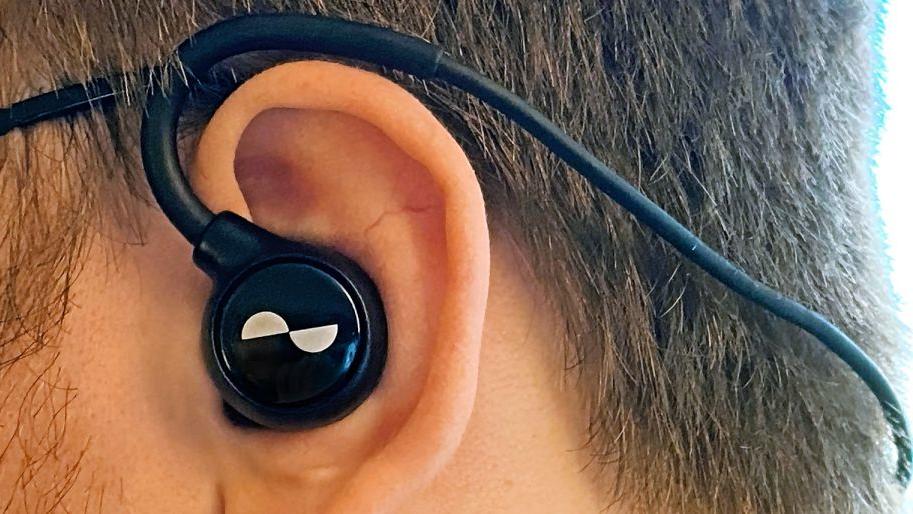Of course, 2020 had to come around and become the worst of my 53 years so far. I guess to anyone who’s spent their lives in peace time, it’s been the worst year ever.
As 2019 morphed into 2020, the whole Covid-19 scare seemed as far off as SARS and MERS had been – a thing of distant lands, a little mysterious and definitely, doubtlessly, safely remote. I’d seen footage of Asian people with mouth masks for years, but I have to admit that didn’t vex me much. News reports mentioned Covid practically daily, but I wasn’t worried at all, not in my Western European privileged bubble. The world was a big place, and this was SEP – Somebody Else’s Problem. I was more affected by the death of Rush drummer Neil Peart on 7 January, which I managed to cope with by belatedly discovering and playing “Guitar Hero: Metallica”.
My little self-centered universe did not begin to be impinged upon until February.
We got the first Dutch Covid cases. In the traditionally Catholic south, the annual Carnival festivities caused a huge outbreak. The rest of the country was treated to visuals of ICs filled to the gills with patients, and everyone was strongly advised not to travel to the Southern province of Noord Brabant. I couldn’t visit my father, who had been in a nursing home there for the past three years. The rest of the country was beginning to worry, fueled by doom scenarious involving a shortage of respirators and all the country’s ICs filling up. I was beginning to worry, too, because I had quite a hand full of cards when it came to reasons to be in the “at risk” group of people: male, overweight, older, and having bronchitis.
Closer to home, an important educational school site I’d made a year or two earlier broke because of an update to PHP 7.2. Because I’d basically cobbled together other people’s stuff (including the rather essential login system), it was utterly beyond my skills to fix quickly. Hundreds of students needed it to check their reading skills and prepare for their central exams. I needed to arrange a separate virtual server that could run PHP 5.x to keep that site going, and hope to find time (and knowledge) to fix stuff when I had the time. That, and Covid looming ever close, caused quite a few sleepless nights.
Dutch prime minister Mark Rutte announced a set of Corona restrictions on 12 March. People went berserk on 13 March, madly hoarding toilet paper, pasta, canned vegetables and rice. On 15 March, secondary schools were closed by the government.
These restrictions and closures were, to be honest, quite exciting initially. The weather was beautiful, so my wife and I cycled 10-20 km daily. I had my first sunburn within a week. I was barely able to teach, because there was no fixed schedule yet, with a lack of structure. After about two weeks, this changed. Lessons were done using Microsoft Teams, and my wife (who works at another school, half an hour away) used Zoom. Teachers all over the Netherlands virtually instantly transformed from hesitant n00bs into fairly adroit digital professionals. Teachers were also considered “essential”, in the same category as care workers among others. It was nice to feel appreciated for a change.
Outside school hours we still cycled a lot – constantly irritated by the speed cyclists who seemed to have come out from under every rock – and wondered at how silent the city centre was, with shops closed, restaurant terrace furniture piled together on the premises, traffic information boards reading “Together Against Corona”, there being virtually no traffic on the roads, the large parking square in front of my house just about empty, no incessant flow of buses full of tourists from far-flung countries. It was the kind of atmosphere the word “eerie” was coined for. No shaking hands, always avoiding being close to others in the supermarket and on the streets. The weather continued to be awesomely sunny for weeks on end, but the mixture of excitement and worry was palpable.
The excitement began to abate as we began to realise we were not going to go on any holidays up to autumn at least, no concerts, no theatrical performances, no cinema, no festivals, no eating out in restaurants…and no final school exams either(!). And the excitement began to lessen even quicker when my wife and I discovered that it’s awfully inconvenient having to teach via video chat when you’re in the same room simultaneously. Sometimes we even had social get-togethers with wine and beernuts via video chat, both of us, at different ends of the room, irritating at each other’s tipsy ramblings. Writing it down like this, it certainly seemed like things weren’t too bad at all, not when compared to other places on the globe.
It was an interesting time, where we also discovered that the efficiency of online lessons can’t quite match physical lessons. Some of the kids joined lessons from their beds, from the comfort of sunny seats in a garden, or even less educationally conducive locations. Testing students also created special challenges. Slowly but surely, I really began to miss my students, and some of them even admitted to missing me. Absence makes the heart grow fonder, I suppose, also goes for school situations.
Early June my school started to do physical lessons again, within strict rules involving hygiene and distancing. It was different and not especially fun. It was certainly barely more efficient than teaching at a distance, but at least we got to enjoy the social aspect of teaching again. The exam classes got their diplomas, after having done optional “Result Improvement Tests” to allow for students who would normally have increased their grade averages during the final exams to have a better chance to graduate. As a result, only a handful of students failed to graduate. The graduation ceremonies were modest affairs with each candidate only allowed to bring a maximum of two people with them.
The summer holiday was different, too. We went to a few different places and spent a few nights in several bed and breakfasts, even spent a week in a rented house in Germany with all the kids. We started looking for a house to buy, which quickly turned out not to be quite as tempting as previously thought – house prices had shot through the roof instead of crashing like they had in 2008. We made bids a few times, but we got outbid each time. Where are the times when only one person could bid on a house instead of 20 people having to make offers in hopes of outbidding all others?
After the summer holiday, all Dutch schools opened again, just like things had been until February. The students no longer needed to keep 6 feet apart. If all citizens kept their distance and generally followed the rules, there would be no need for further restrictions. At that time, restaurants were open, cinemas showed films again, and the world seemed to be carefully holding its breath until Covid would disappear. Everything was still different – fewer people could be in theatre halls, cinemas, restaurants and the like. Students would sometimes disappear for several days during which they turned out to have been in quarantine for a Covid test, or sometimes they stayed away longer when they actually turned out to be infected. Teachers at my school were expected to keep in touch with them and, where possible, allow the absentees to attend the classes by filming them via Teams. These hybrid lessons were the shittiest of all, and more difficult to implement than you might think as my school does not offer regular class-based education, rather domain-based education (which is perhaps an issue for another story at another time).
In October, things got heavy again. First, 6 October saw guitar hero Eddie van Halen dying. It crushed me. And 10 days later both my wife and me found ourselves at home with a Covid infection. Due to my aforementioned hand of “risk factor” cards I worried a lot that I would end up in an IC, on a respirator, hanging on for dear life. One day I woke up with a mild fever which sent my pessimism-laden imagination into overdrive. But in the end all I had had was a sore throat that came and went, a sniffy nose, a few days of headache, and then a few days of energy deficiency. My wife only had mild symptoms, too, though post-Covid complications (utter energy deficiency in her case) have caused her to have to stay at home until now (and probably for another few months). Not a regular flu virus, this one! I fervently hope medical science will now be motivated to come up with something that disables viruses in general from taking hold in the human body – which will also cure a whole host of other diseases that plague humanity.
Thankfully, 2020 was not a total loss for me. I re-launched a bunch of websites (the Fear of God fan site being the main one, but also datzeizij.nl and Twilight World Online), I created a pretty OK grammar support site for my school (grammar.training), I discovered what it’s like to fly a decent drone, and bought the world’s coolest practice amp (the Spark) to lift my guitar playing talents to a (though perhaps not the) next level. My wife and me took up ballroom dancing again after a year of inactivity. In the Christmas holiday I activated Amazon Prime. Maybe, in the long run, this whole pandemic will also make people appreciate care workers and other essential professions more. And no doubt the best thing to happen in 2020 was Joe Biden beating that narcissistic liar-in-chief. Joe has his shortcomings, but I feel Kamala Harris and he can change the world for the better. Why on earth did the Trumpanzee get more than a handful of votes is for future sociologists to fathom.
The world has become a smaller place. We are all dependent on each other. I hope 2021 will inch us a little closer to putting aside our grievances – political, religious and otherwise – and just make the world a better, safer and healthier place to live.
Yes, I know dinosaurs most probably didn’t have external sexual organs, in the same way reptiles and birds don’t. I hope you will find it in your dino-loving hearts to forgive me.
At any rate, I would like to wish you all a 2021 that will suck a lot less. Oculudentavis thingy, maybe.



